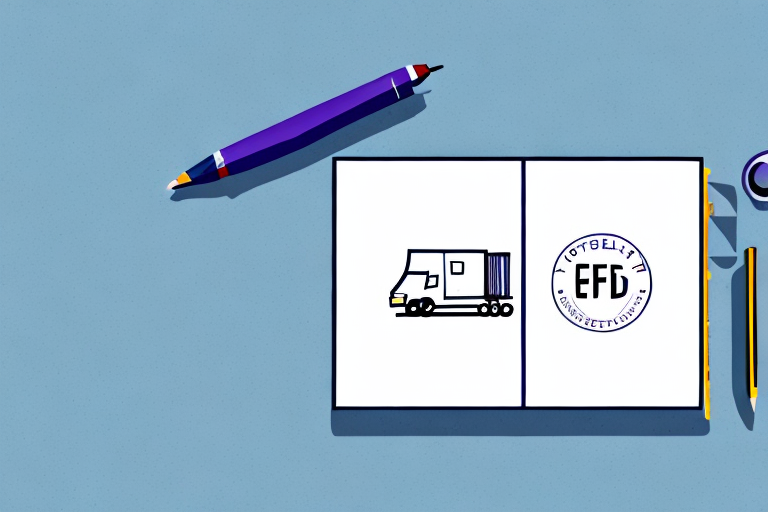Understanding FedEx Delivery Methods
FedEx offers a variety of delivery options tailored to meet different shipping needs. Selecting the right method ensures timely and cost-effective delivery of your packages. The primary FedEx delivery services include:
- FedEx Ground: Ideal for less urgent shipments within North America, offering reliable service at competitive rates.
- FedEx Express Saver: Provides delivery within 3 business days by 4:30 PM to most U.S. addresses.
- FedEx 2Day: Guarantees delivery within 2 business days by 4:30 PM to most locations.
- FedEx Overnight: Ensures next-business-day delivery by morning, mid-afternoon, or end of day, depending on the specific service chosen.
- FedEx International: Offers both Priority and Economy options for international shipments, varying in speed and cost.
Choosing the appropriate delivery method depends on factors such as delivery speed, budget, and the destination of the package. For detailed comparisons and the latest pricing, visit the FedEx Shipping Services page.
Direct vs. Indirect Signature Required
When shipping with FedEx, you can specify how a package should be received through signature requirements:
- Direct Signature Required: The recipient must be present to sign for the package upon delivery.
- Indirect Signature Required: Allows someone else at the delivery location, such as a neighbor or office manager, to sign for the package if the recipient is unavailable.
Choosing between direct and indirect signatures depends on your security needs and convenience preferences. While direct signatures offer enhanced security by ensuring the recipient personally receives the package, indirect signatures provide greater flexibility, especially for recipients with unpredictable schedules.
How Indirect Signature Required Works with FedEx
Opting for an indirect signature with FedEx involves the following process:
- The FedEx driver attempts to deliver the package to the specified address.
- If the recipient is unavailable, the driver seeks authorization to obtain a signature from another individual at the location.
- If an alternative signer is present, they sign for the package, and it is left at the delivery point.
- If no authorized individual is available, the driver leaves a door tag with instructions for pickup or redelivery.
Recipients can also manage their delivery preferences by redirecting packages to a different address or FedEx location for pickup through the FedEx Delivery Manager.
Benefits of Using Indirect Signature Required
Choosing an indirect signature for your FedEx shipments offers multiple advantages:
- Flexibility: Allows someone other than the recipient to accept the package, ensuring delivery even when the recipient is unavailable.
- Convenience: Enables recipients to redirect packages to alternate locations or FedEx facilities for easier pickup.
- Security: Reduces the likelihood of packages being left unattended, thereby minimizing the risk of theft.
- Proof of Delivery: Provides a signed acknowledgment from an authorized individual, ensuring accountability.
These benefits make indirect signatures a practical choice for both senders and recipients seeking a balance between security and convenience.
When is Indirect Signature Required Necessary?
Indirect signatures may be essential in various scenarios, including:
- Recipient Unavailability: When the intended recipient cannot be present to accept the package.
- Business Deliveries: For shipments sent to offices or apartment complexes where multiple individuals might be available to sign.
- Valuable or Sensitive Items: When shipping items that require additional security measures to prevent loss or theft.
In some cases, carriers like FedEx may mandate indirect signatures for specific types of shipments or destinations to enhance delivery security. It's advisable to verify with FedEx or consult their customer support for requirements related to your specific shipment.
Limitations of Indirect Signature Required
While indirect signatures offer several benefits, there are certain limitations to consider:
- Liability Concerns: If a package is lost or stolen after being delivered via an indirect signature, FedEx may have limited liability.
- Service Availability: Not all FedEx delivery methods or package types support indirect signatures.
- Potential Delays: If no authorized individual is available to sign, multiple delivery attempts may be necessary, potentially delaying receipt.
- Pickup Constraints: Packages held at FedEx locations must be collected within a specified timeframe, typically five business days, to avoid return to sender.
Understanding these limitations helps in making informed decisions about utilizing indirect signatures for your shipments.
Setting Up Indirect Signature Required with FedEx
Implementing an indirect signature for your FedEx shipments is straightforward:
- Access Your FedEx Account: Log in to your account through the FedEx website.
- Select Shipping Options: During the shipment creation process, choose "Indirect Signature Required" as your delivery preference.
- Manage Preferences: For recurring shipments, set indirect signatures as the default in your account settings to streamline future shipments.
Be aware that selecting an indirect signature may incur additional fees, depending on the service level and destination. For the most accurate and up-to-date pricing, refer to the FedEx Shipping Costs page.
Tracking Packages with Indirect Signature Required
Monitoring the status of your indirectly signed packages is essential for ensuring successful delivery:
- FedEx Tracking: Use the tracking number provided at the time of shipment to track your package in real-time via the FedEx Tracking tool.
- Delivery Updates: Receive notifications on delivery status, including when a signature is obtained.
- Manage Deliveries: If necessary, adjust delivery preferences or redirect packages through the FedEx Delivery Manager.
Staying informed about your package's journey helps mitigate potential issues and ensures timely retrieval.
Tips for Successful Delivery with Indirect Signature Required
Maximize the effectiveness of using indirect signatures with these best practices:
- Clear Instructions: Provide accurate delivery details, including alternative contact information for authorized signers.
- Notify Recipients: Inform recipients or relevant parties at the delivery location about the incoming package to prepare for acceptance.
- Secure Delivery Locations: Choose delivery addresses that are safe and have personnel available to sign for packages.
- Monitor Tracking Updates: Regularly check tracking information to anticipate delivery and address any issues promptly.
Implementing these strategies ensures that your packages arrive safely and reduces the likelihood of delivery complications.
Conclusion
The indirect signature required option offered by FedEx provides a balanced approach to package delivery, combining security with flexibility. By understanding the nuances of FedEx's delivery methods and signature requirements, both senders and recipients can optimize their shipping experience. For the most current policies and services, always refer to the official FedEx website or contact their customer support.






















